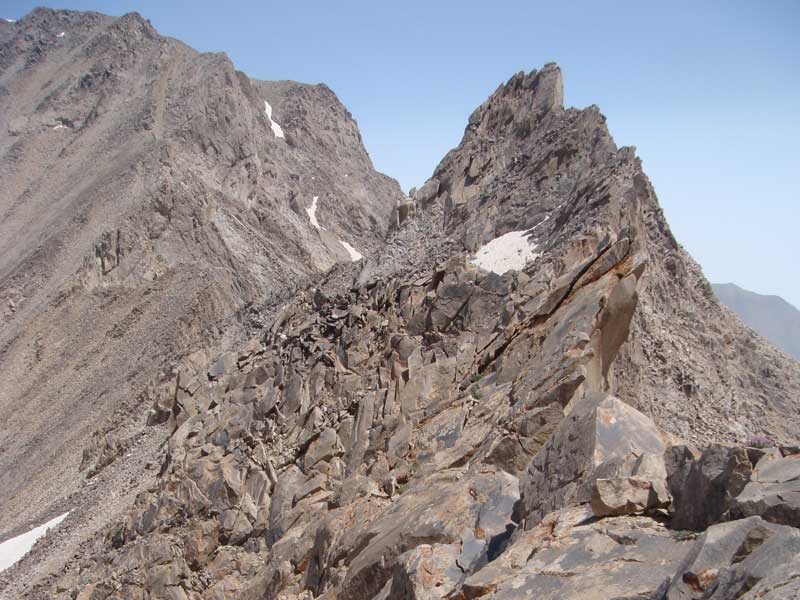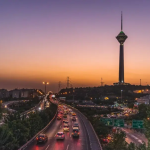Nestled in the heart of Tabriz, the historic city in northwestern Iran, Arg-e Alishah stands as a testament to the region’s rich history and architectural grandeur. Often referred to as the “Alishah Citadel,” this magnificent structure is a symbol of Tabriz’s cultural and historical significance. In this article, we will delve into the history, architecture, and cultural importance of Arg-e Alishah.
The Citadel’s Historical Significance
Foundation and Construction
Arg-e Alishah was built during the Ilkhanate period, a time when the Ilkhanid Mongols ruled over a vast territory stretching from Anatolia to Persia. Construction of the citadel began in the early 14th century under the orders of Hajji Mohammad Alishah, a local ruler appointed by the Ilkhanate.
The citadel served various purposes throughout its history. It was not only a defensive fortification but also a royal residence and a center of administration for the region. Its strategic location along trade routes and its commanding view of the city made it a crucial stronghold in Tabriz.
Architectural Marvel
Arg-e Alishah is a striking example of medieval Islamic architecture, characterized by its massive brick walls, intricate tilework, and a distinctive cylindrical tower. The citadel’s design reflects both Persian and Central Asian architectural influences, showcasing the rich cultural blend of the Ilkhanid era.
One of the most notable features of the citadel is its eight-sided tower, which stands as a prominent landmark in Tabriz. This tower, adorned with blue tiles and intricate geometric patterns, adds to the citadel’s aesthetic appeal.
Artistic Significance
Arg-e Alishah is not merely a fortress; it is also a testament to the artistic prowess of the craftsmen of its time. The intricate tilework that adorns the citadel’s walls and tower is a masterpiece of Persian artistry. The tiles feature geometric motifs, calligraphy, and floral designs, all meticulously crafted to create a visually stunning façade.
The citadel’s interior also boasts remarkable architectural details, such as vaulted chambers, arched doorways, and stucco decorations. These elements provide a glimpse into the opulent lifestyle of the rulers who once inhabited the fortress.
Cultural Events and Exhibitions
Today, Arg-e Alishah serves as a cultural and historical center, hosting a variety of events and exhibitions. Visitors have the opportunity to explore the rich history of Tabriz and the Ilkhanid period through informative displays and artifacts. The citadel’s courtyard is a popular venue for cultural performances, including traditional music and dance, which celebrate the city’s vibrant heritage. Take part in our guided tours to Arg-e Alishah, providing you a nice visit with a deeper understanding of the citadel’s history and architecture.
Preservation and Restoration
In recent years, efforts have been made to preserve and restore Arg-e Alishah, ensuring that future generations can continue to appreciate its historical and architectural significance. Restoration work has focused on conserving the citadel’s structural integrity and protecting its exquisite tilework from weathering and decay.
Visit Arg-e Alishah
Arg-e Alishah, also known as the Alishah Citadel, is a testament to the enduring legacy of Tabriz’s rich history and architectural heritage. From its medieval origins as a fortress and royal residence to its current role as a cultural center and historical site, the citadel has played a pivotal role in the city’s development.
Visitors to Arg-e Alishah are not only treated to a visual feast of Islamic architectural splendor but also an opportunity to connect with the history and culture of Tabriz. The citadel stands as a symbol of the city’s resilience and its ability to preserve its past while embracing its future.
As you explore the corridors, chambers, and courtyards of this magnificent citadel, you can’t help but feel the weight of history.
Let us know your ideas and comments about this citadel in the comment box below, we will be happy to hear from you!




















